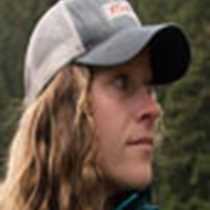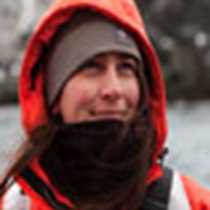The Falkland Islands form an archipelago off the Patagonian shelf that is situated in the South Atlantic. Though British owned, Argentina simultaneously maintains its claim to these islands. National Geographic Orion sailed into Stanley on Monday, officially clearing into the UK.
Carcass Island sits at the northwest corner of the West Falkland Island and was named by HMS Carcass, which visited these lands as early as 1766. The island is now managed by a family of sheep farmers. Carcass Island has no rats or cats but does have a number of invasive plant species. One of the few woody areas on the Falklands is composed of Monterey cyprus and New Zealand cabbage palms.
Unlike the island of South Georgia, the Falklands are geologically unique to the South Atlantic. Originally part of the South African coast, this rock broke of millions of years ago and drifted to its present location. Because of its distant origin, the geographical makeup differs greatly from that of neighboring Argentina. The guests of National Geographic Orion were dropped off at Leopard Beach, an area marked by pristine white sand and clear aquamarine water. Hikers took to the hills, making their way along a beautiful path up onto the highest peaks. About 2.5 miles in, hikers found their way to the island’s settlement, composed a few buildings tucked into a protected bay. The locals of this homestead offered delicious home-baked cakes, cookies, tea, and coffee, after which guests had (presumably with reluctance) to hike their way back to the ship.
Making our way to Ushuaia, National Geographic Orion departed from her anchorage and moved on into the wind and swell. Fresh lamb from Carcass Island was prepared by Chef Lothar, a delicious nod to the hard work of citizens of the Falkland Islands.









